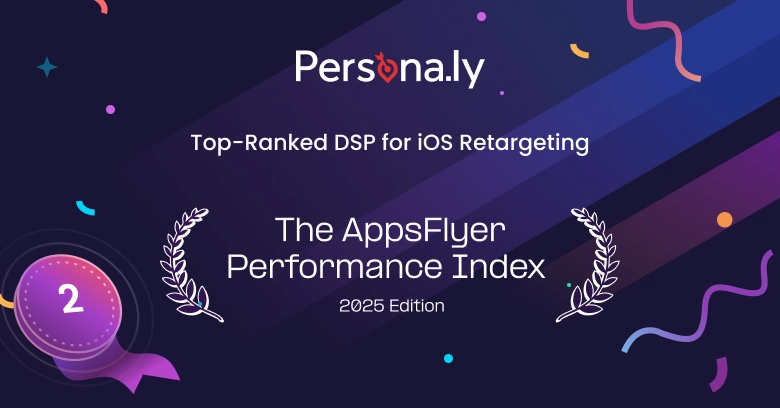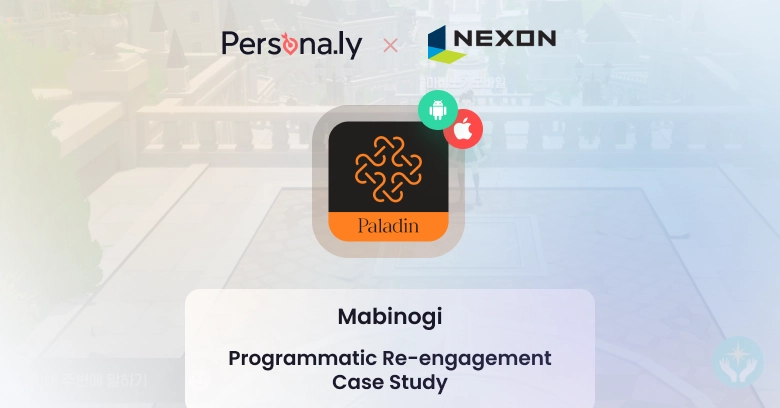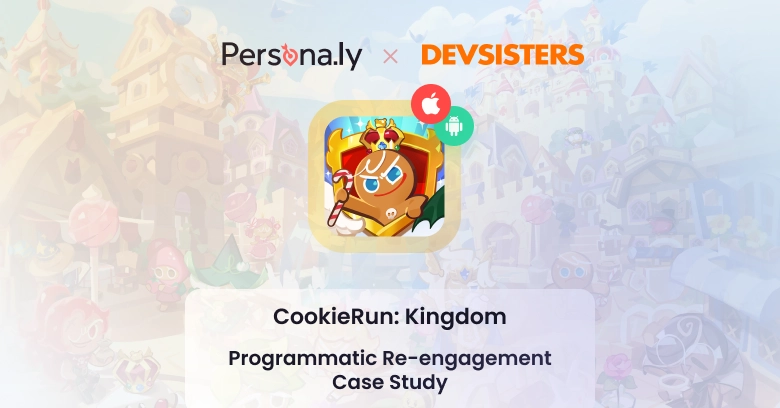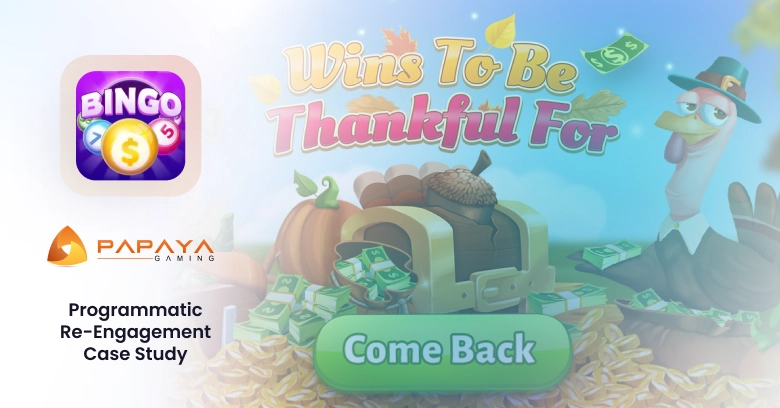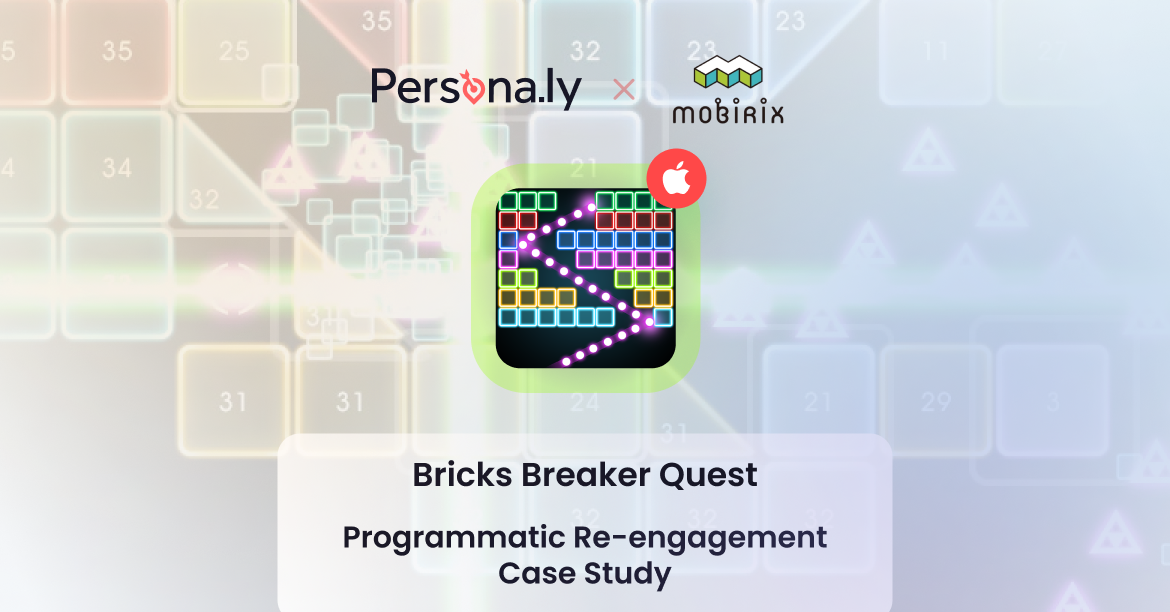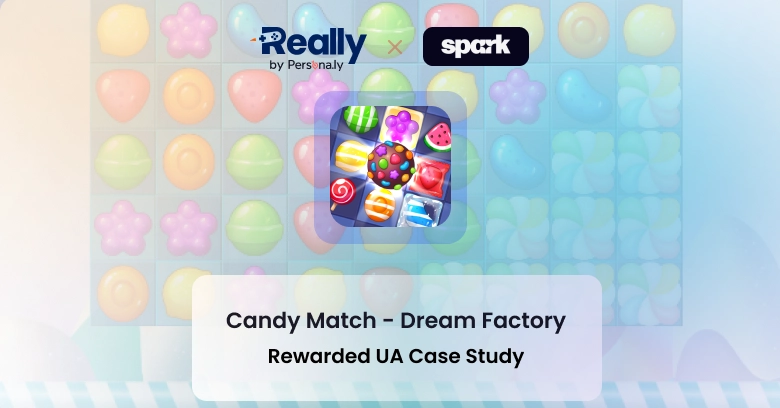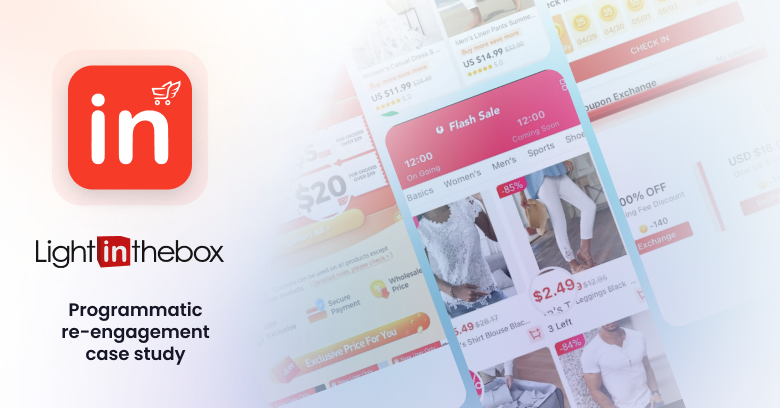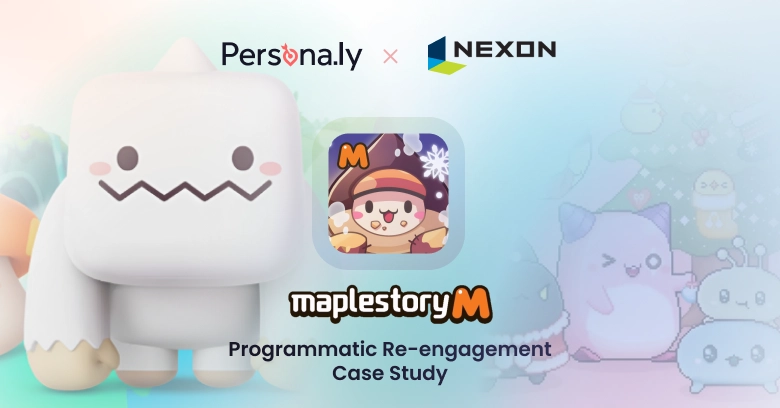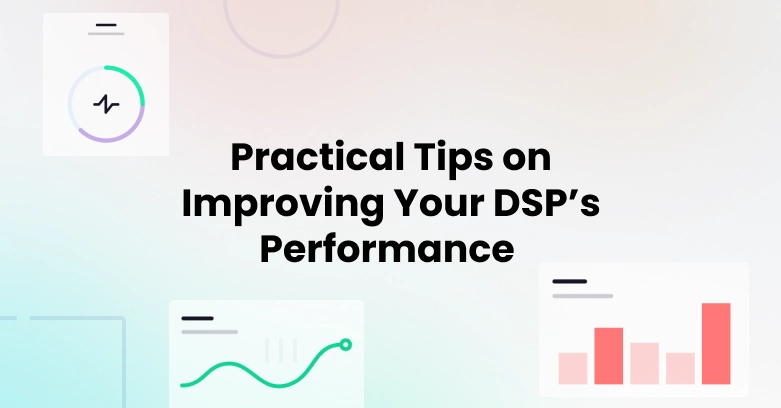
Getting the Most of Your Programmatic Campaigns – Practical Tips on Improving Your DSP’s Performance
There is no doubt that programmatic is becoming a more prominent UA channel as more app developers add it to their performance marketing mix or are already scaling their programmatic operations.
While the programmatic is a go-to channel for most app publishers, some might find themselves struggling with the performance and turn away to “good old-fashioned” ways to acquire users, like social channels or SDK networks.
Here are some practical tips on how to improve the performance of your programmatic campaigns.
Before You Start
Make Sure It’s a DSP You Are Working With
This goes without saying, yet we will: while “DSP” is a new buzzword in the Adtech town, the vast majority of companies brand themselves as a demand-side platform despite being a network (in the best-case scenario). This allows them to create a unique sales proposition and bring new customers. Here are some of the telltale signs that your DSP might be a network in DSP’s clothing:
- The budget can be set in anything other than CPM. Cost-per-mille payment is the only known way the programmatic operates. It’s perfectly expected that an app developer who runs UA will set KPI/benchmarks for their programmatic partners, however, the bidding is done strictly in CPM.
- The process is not data-driven. In programmatic, data is used first and foremost to build the initial targeting and to exclude the users who already have the app installed. Another critical component is that programmatic bidders utilize machine learning to build targeting models to acquire users based on a specific in-app event. The absence of first-party data requires a much more manual approach which, if not contradict the nature of programmatic, makes the machine learning process longer and requires more resources.
- They don’t reveal traffic sources. Gone are the days when app publishers would have to guess where their ads were shown – it’s an absolute standard to display all the ad placements and the entire performance within the RTB (Real-Time Bidding). This is because the main value of real programmatic goes way beyond displaying the ads at specific placements, and is about considering other (quite a lot) factors to identify whether the bid is relevant to the advertiser (or not so much).
- The results seem too good to be true. Historically, the adtech market is prone to fraudulent traffic, which makes it much harder for advertisers to navigate through the landscape in search of the right partners. Here are our very extensive articles on mobile fraud and click spamming in particular.
Set Clear Objectives And Share Data
Before starting a programmatic campaign, it is important to set clear goals. This includes identifying the target audience, the desired outcomes, and the KPIs to measure success.
Before we even get into more details, it’s important to highlight: data sharing in programmatic is essential and there are safe and privacy-centric ways to do so.
While running a campaign, real ML-based DSPs build custom targeting models to predict the campaign performance and acquire users who will be more likely to perform specific in-app actions.
Data sharing in programmatic is important for multiple reasons:
- It allows to avoid targeting the existing users by creating suppression lists.
- It helps advertisers reach their results faster and at a lower cost as it allows programmatic vendors to build lookalike audiences and speed up learning dramatically. This solves the “cold start” problem when the bidder doesn’t have any data on your existing audience and has no idea which audience segments have a chance of converting.
- For the ML algorithm to be able to learn and improve predictions, it’s critical to have access to the unattributed events data. Learning about the audience that has converted allows for enhancing the model and campaign performance.
Note that depending on the app vertical, it might take a different amount of time and, in some cases, like hardcore RPG, quite a few experiments before the robust ML model will be built. However, it’s worth the wait, as after this happens programmatic bidders know how to target the right users who would perform deep-funnel actions (if this was the goal) and will allow for scaling the campaign to bring more revenue.
As You Go
Refresh and Improve Ad Creatives
Make sure your ad creative is visually appealing, engaging, and tailored to your target audience. Test different ad formats and variations to find the most effective ones for your campaign.
There are multiple ways of creative testing (without manual work – you could have noticed we are not the biggest fans of Excels and prefer to “outsource” the task to our home-grown ML algorithm) and creatives are a big part of the pre-install interactions. It normally takes a very short time (a few days in most cases) to identify whether a creative is performing well, however, it’s crucial to keep testing and challenging the current creative champion to both prevent the wear-out of the creatives and make sure you have the next champion prepared on the line.
Want to up your creative generation game with AI? Check out this article!
Utilize Ad Placements
Take advantage of the different ad placements available to reach your target audience. It’s easy to get lost in the variety of creative formats. Each format has different characteristics to offer, from expensive and eye-catching full-screen videos and playables, to low-cost and small banners bringing phenomenal ROAS (if executed properly).
Placement context is another factor to consider. In cases where the choice of context might seem obvious (similar apps), it’s not necessarily true that the campaign will perform better than in cross-contextual placements that are slightly different but have an audience with interests that are similar to the promoted app. For example, in the case of Koiniwa dating app, combining the elements of casual gaming, after testing multiple placement topics, our bidder found that the highest ROAS was generated from casual gaming, chat, and music apps.
DSPs are typically developed in a way that allows for proper budget distribution and automatically considers the type of creative, context, content, and user behavior associated with each placement to optimize your campaign strategy.
Implement Frequency Capping
Frequency capping – setting a maximum number of times a user sees the creative or the entire campaign – reduces budget waste and prevents ad fatigue, ensuring a better user experience and improving your campaign performance.
Consider Retargeting
It’s not a secret that it’s significantly more cost-effective to re-engage churned users rather than acquire new ones. As the global downturn progresses, app publishers allocate a higher budget share towards retargeting as a more efficient strategy. Just like in UA, retargeting requires a lot of testing, learning, and experience. This is due to the fact that re-attribution of payers (who have a higher chance of converting but typically come at a higher CPM) and non-payers (and sifting through the segments of users with a higher probability of becoming payers) are principally different.
Other Factors Affecting the Performance
The key to high performance is knowing your audience and how to reach them. While ad placement, device type, location, time of the day, and creatives are definitely the factors to consider, some characteristics are certainly not passed in the bid stream, like age and gender. It requires more sophisticated ML on the DSP side to predict age and gender based on multiple characteristics. Age and gender prediction and other factors impact greatly the performance and can’t be ignored.
Go Hands-Free
All the DSP solutions currently presented on the market fall into one of 3 categories: in-house DSP (an extremely rare solution due to the high cost as it requires a team of developers and data scientists), self-service DSP, and, managed DSP.
Self-service solutions might seem more approachable and they can give a sense of full control – overall, they can be a great way to start off the UA efforts. However, this also means that the DSP takes off all the responsibility for performance, as the campaign is managed by the publisher who might not be very familiar with all the aspects of the platform.
Managed DSPs take full responsibility and provide marketers with a full suite of services and are responsible for the campaign’s success as they require a lot of product-specific knowledge and a deep understanding of the ML model used, as well as the programmatic market and app vertical. It makes managed DSPs a go-to for most app publishers as they reach a certain level of operations.
